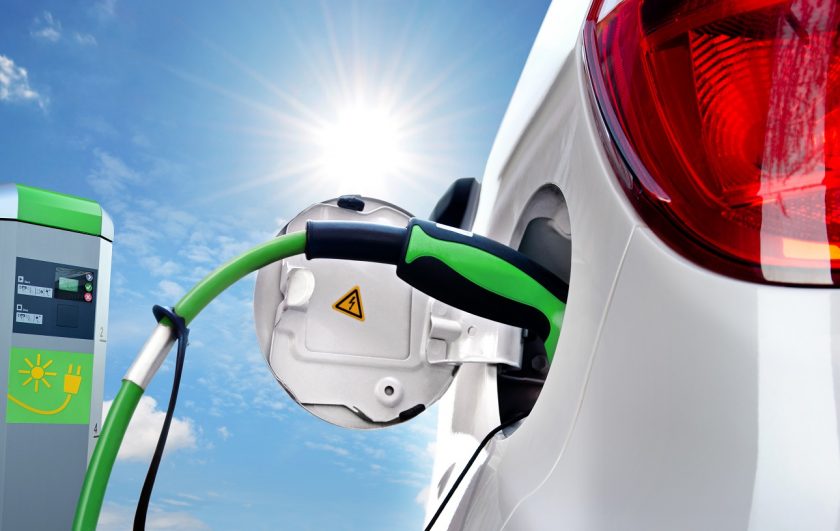
Why Australians won’t be plugging into electric cars any time soon
ACA Research takes a look at EV targets and the Australian market’s demand
During the federal election campaign, the Australian Labour Party, as part of its climate change action plan, pledged to implement Australia’s first national electric vehicle (EV) policy; setting a national electric vehicle target of 50 percent new car sales by 2030, which would have equated to around 600,000 vehicles sold.
Jaguar, manufacturer of the I-Pace, has been even more bullish in its projections. In its recent report ‘Driving Australia Forward’, Jaguar suggested an incredible two thirds of Australians expect to be driving an electric vehicle by 2030.
Despite the Liberal government being returned to power in May’s election, we decided to explore how realistic these targets would have been, given that only 1,352 EVs (excluding Tesla) were sold in 2018?
Four key variables were identified as being critical in determining whether these targets are realistic:
1. Consumer demand
2. Government incentives
3. Manufacturing capacity
4. Infrastructure
Consumer Demand
ACA’s latest research on consumer attitudes to EVs suggests around a quarter of Australians would be interested in purchasing an EV as their next vehicle. However, interest does not equate to vehicle purchase and a much smaller proportion of those interested would actually purchase a vehicle. Moreover, the demographic segment most interested in purchasing EVs is the youngest group with the lowest purchasing power.
Government Incentives
Norway is the world’s biggest per capita market for EVs. Half of all new cars sold to Norwegians are fully electric or hybrid vehicles due to the generous Government incentives on offer, including exemption from a 25 percent sales tax. Without a similar program of incentives, we are unlikely to see Australian EV sales matching Norway’s example anytime soon.
Turning back to ACA’s research, it is clear that lower pricing and Government incentives will help to overcome some of the barriers that are impending the adoption of EVs.
Manufacturing Capacity
A recent Deloitte report presents an analysis of project demand and supply for EVs to 2030. The conclusion of this report is that supply will exceed demand by around 14 million units, with the EV market sitting at 20 percent of total share. The growing gaps between supply and demand is shown in figure one. If 600,000 EVs were sold in Australia in 2030, that would equate to three percent of the demand project by Deloitte, which seems somewhat unrealistic.

The evolution of battery technologies and the global availability of lithium will also be critical to a successful EV supply chain. As the world gears up for an electric revolution, the lithium industry that supplies one of its core materials needs to be ready for it.
The CEO of one of the leaders in lithium technology has questioned whether the market is able to meet demand over the next five years, with Paul Graves, the Chief Executive Officer for Livent, stating “Our biggest challenge is producing enough (lithium) to meet the demand — there’s a much greater risk that this market is consistently in a deficit in the near future.”
Infrastructure
Australia’s growing EV market will require an extensive recharging and aftermarket servicing network. The number of fast charging stations is currently in the low hundreds compared to around 6,000 petrol stations which reflects the small number of EVs on our roads. However, to match future demand the number of charging stations will need to grow significantly.
More critically in ACA’s view is the development of a competitive aftermarket that can meet the servicing requirements of a growing EV car parc. While service intervals for EVs are less frequent than their ICE counterparts, their servicing requirements are more complex. For example, an independent repairer will need technicians who have the skills and expertise to service different battery packs, typically requiring a higher level of training in electrical engineering than is currently the case.

FCEV = Fuel (Hydrogen) Cell Electric Vehicle ICE = Internal Combustion Engine
Summary
ACA’s view is that various powertrain technologies will co-exist alongside each other for a very long time to come. KPMG’s 2019 Global Survey of Automotive Executives projects global car production volumes to reach 134.27 million units by 2040 with the majority being some form of electric powered drive train. Given Australia’s investment in EV technology and infrastructure has lagged the rest of the developed world, we believe 2040 is a more realistic target for 50 percent of new vehicles sold being an EV.
This column was prepared by ACA Research, our partners in the AAAA Aftermarket Dashboard, which is delivered to AAAA Member inboxes each quarter.
For more information, visit www.acaresearch.com.au or contact Ben Selwyn on bselwyn@acaresearch.com.au


